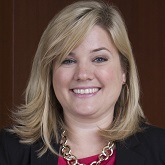Client appreciation and prospecting events consistently generate revenue growth for financial advisors.1 But planning a fun, engaging and informative event with good return on investment (ROI) can be difficult. If you’re not a full-time professional event planner, how do you come up with a good event idea, and how do you bring that idea to life?
To help you get started, Capital Group published a concise list of event ideas. When it comes to executing on your idea, there are time-tested event planning tools and tactics you can adopt. Every year, Melissa Sloane, Leah Ryan and Matt Robinson of Capital Group help hundreds of advisors plan events, along with all other aspects of practice management. They have identified five best practices for advisors planning events:




